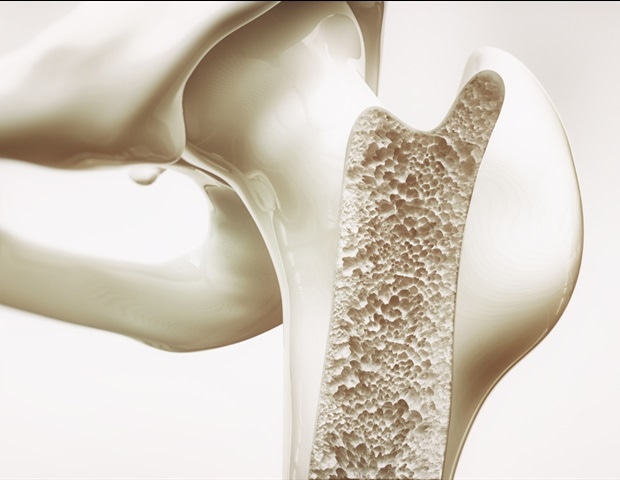Every year, nearly 10 million Americans experience a broken bone. A quarter of patients with lower leg fractures face delayed healing, and one in 10 patients will develop a nonunion, a break that requires additional major surgery to…
New project aims to predict bone healing and reduce complications from fractures
